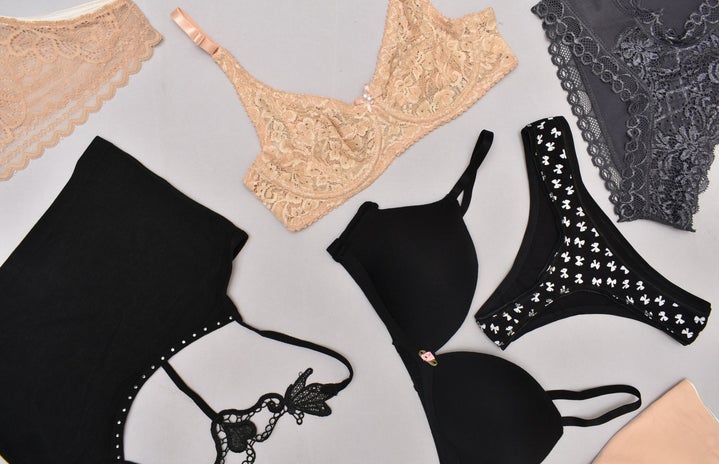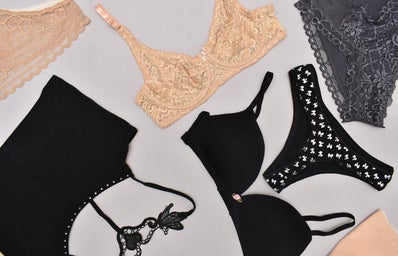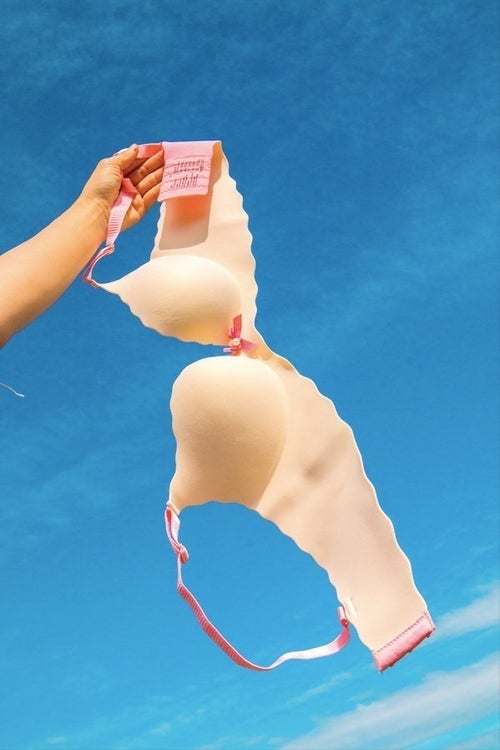In 2021, Victoria’s Secret announced they would be getting rid of their Angels and no longer airing their annual televised runway show. Instead, they will be launching VS collective, which features many women such as athletes, plus-size models and more women of color. In mid-August, they dropped the VS Bare Infinity Flex line, which features body-hugging bras and underwear with two black women and a plus-size model in the campaign. In September, for the first time, Victoria’s Secret released a maternity bra for nursing moms.
As Victoria’s Secret adjusts to the new age of inclusivity and showing women of all sizes and different walks of life, many people are just not interested, but why?
Victoria’s Secret used to have virtually no competitors when it came to the affordable lingerie business. In the late 2010s, Victoria’s Secret started to decline in sales as brands like Aerie and ThirdLove grew in popularity. What women wanted to see marketed to them changed, and that change included everyday women. People have been begging Victoria’s Secret for years to include other races and expand their sizes for fuller-figured women. Instead, they continued to uphold the “Angels aesthetic.” It was not until 2018 when Robyn Fenty released SavageXFenty and showed it was possible to create a lingerie brand where women of all sizes felt sexy and luxurious. Her brand centered on the women who wore it and their definition of beautiful. SavageXFenty bras sizes go all the way up to 46H, while Victoria’s Secret still only goes up to 40DDD. Lingerie is supposed to make you feel sexy, so what message was Victoria’s Secret sending when they only promoted one body type as sexy? They have yet to explain.
Victoria’s Secret former chief marketing officer, Ed Razek, spoke to Vogue about the backlash they were receiving: “I don’t think we can be all things to all customers. It is a specialty business; it isn’t a department store. I’m always asking myself: If we do that, what is the reason we did it? Why did we include that person? And did we include them to shut up a reporter? Did we include them because it was the right thing to do or because it was the politically correct thing to do?” Fast forward to now, it looks like Victoria’s Secret has changed its tune.
what took Victoria’s Secret so long?
The short answer: money. Victoria’s Secret underestimated its competition and the power of consumers wanting brands to be inclusive and see themselves represented.
2018 was an interesting time for women. Not only did Rihanna prove it was possible to create an alluring lingerie brand, but she redefined what true sex appeal looks like by showcasing different races and women of larger sizes. 2018 was also the year of the #MeToo movement. The #MeToo movement did not just give women a platform to stand up against sexual harassment and abuse, but it changed how women saw themselves. Women have been slowly rewriting what it means to be beautiful, but 2018 solidified that the male gaze is not the end all be all. Women want to feel sexy and good enough for themselves and not just for their partners. Brands also do not have the luxury of having any competition anymore, especially with online shopping on the rise. If customers do not see themselves represented within a brand, they can easily take their business elsewhere. As a result, Victoria’s Secret closed nearly 250 stores in 2020 and plans to close 50 more in 2021.
Where does this leave Victoria’s Secret?
Victoria’s Secret will always have customers because of its legacy. Maybe over time, they will regain some (if not all) of their customers as they prove their commitment to showcasing inclusivity. As of right now, especially because of the brand’s past comments, customers feel like their inclusivity is pandering. Customers do not feel like VS cares about displaying a variety of women, but as if they were forced to. No matter what Victoria’s Secret’s true politics are or the reasoning behind their sudden change of heart for all-encompassing branding, it will never resonate with a customer until it feels authentic.
Want to see more HCFSU? Be sure to like us on Facebook and follow us on Instagram, Twitter, TikTok, YouTube and Pinterest!



